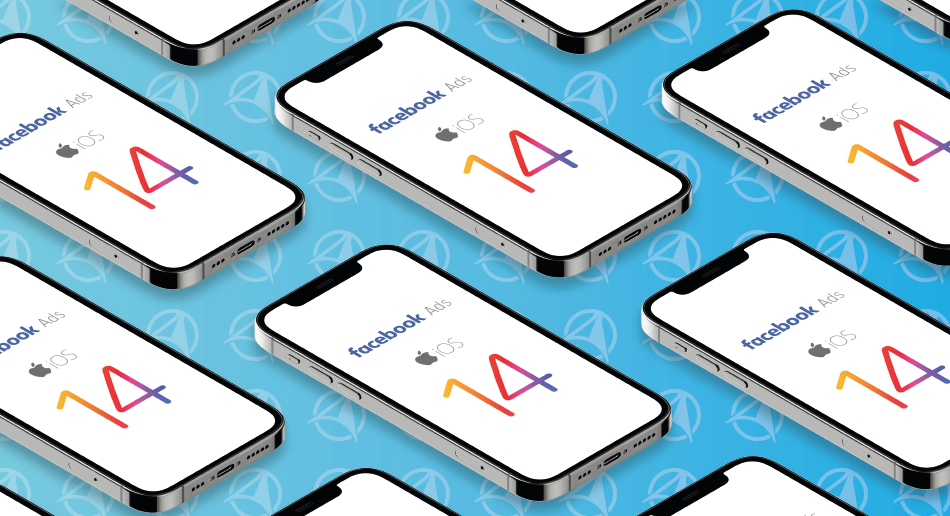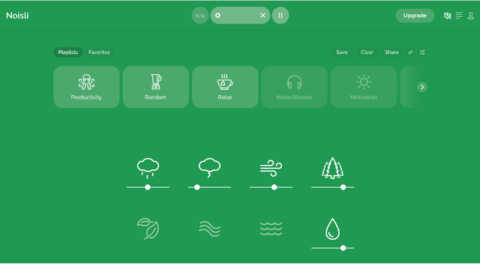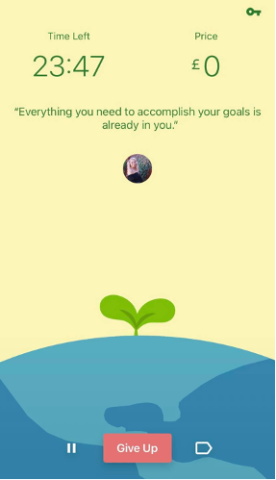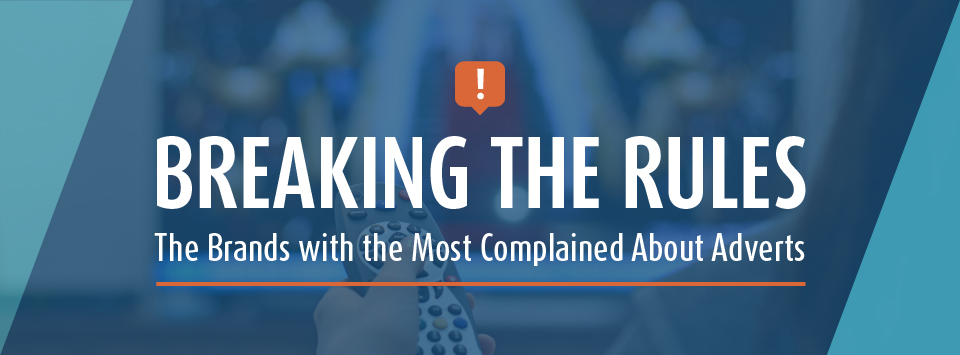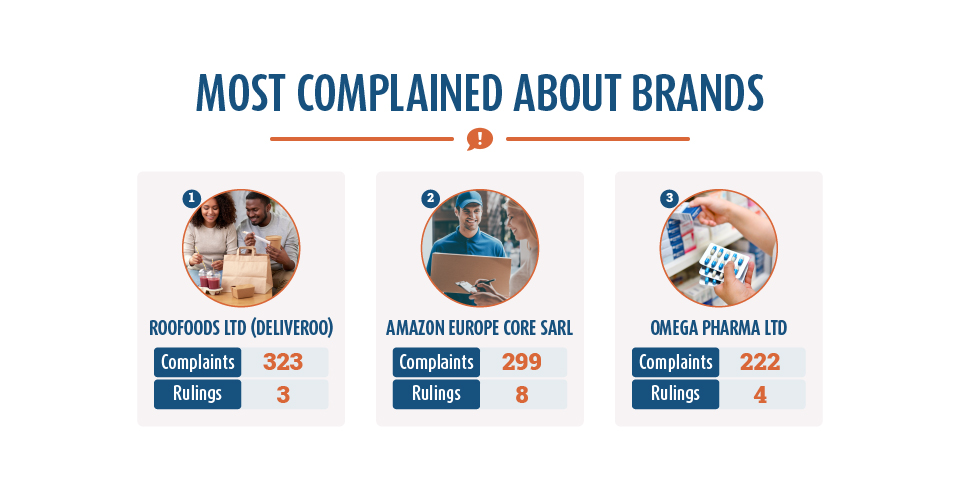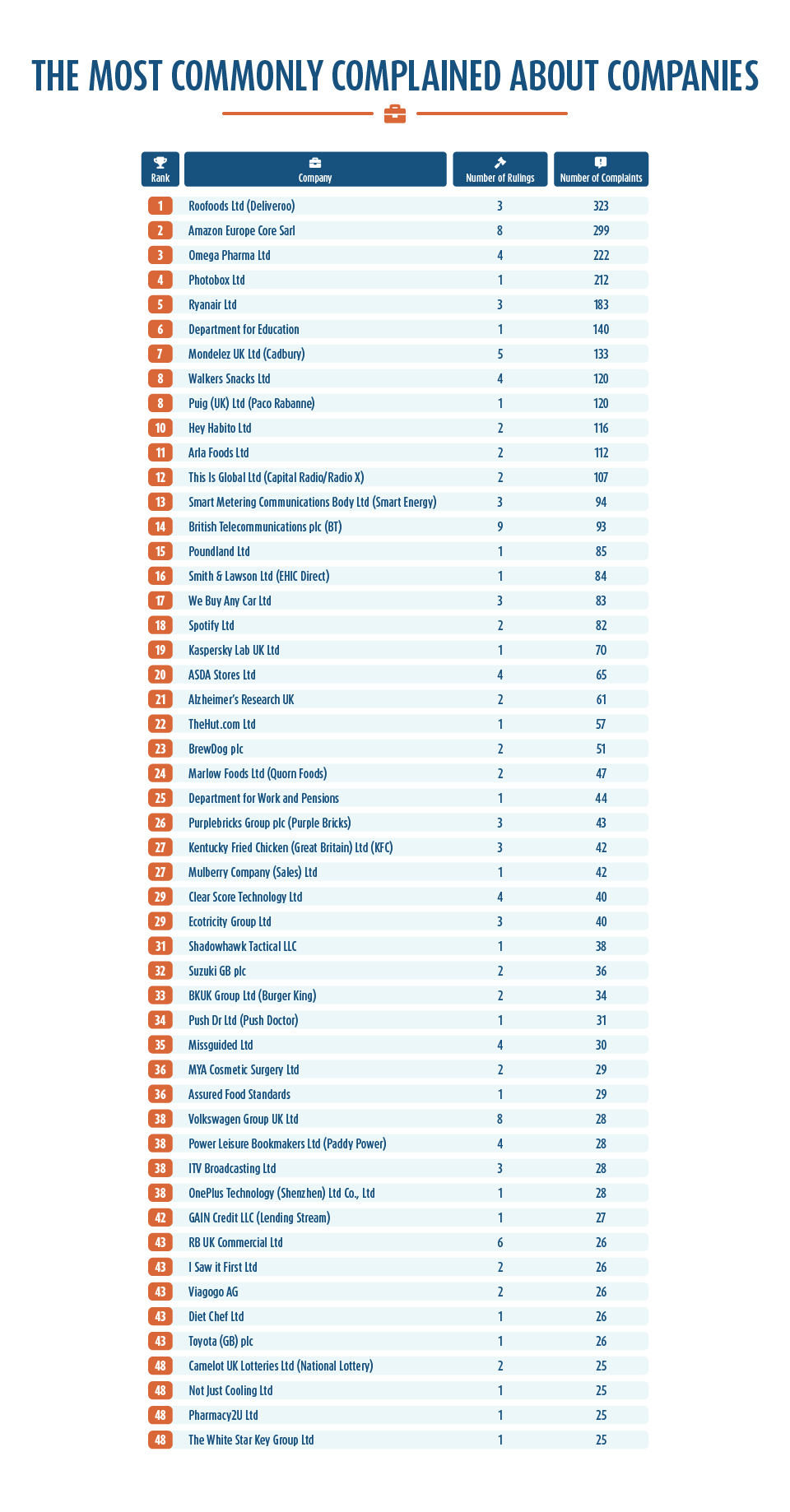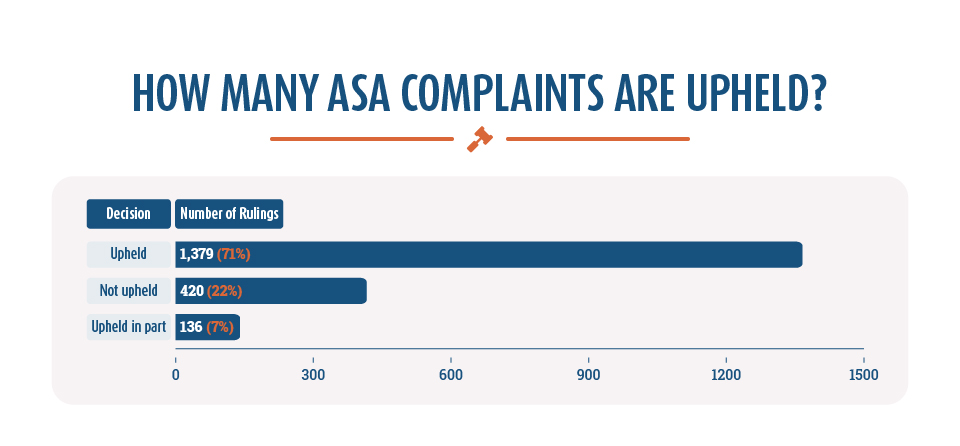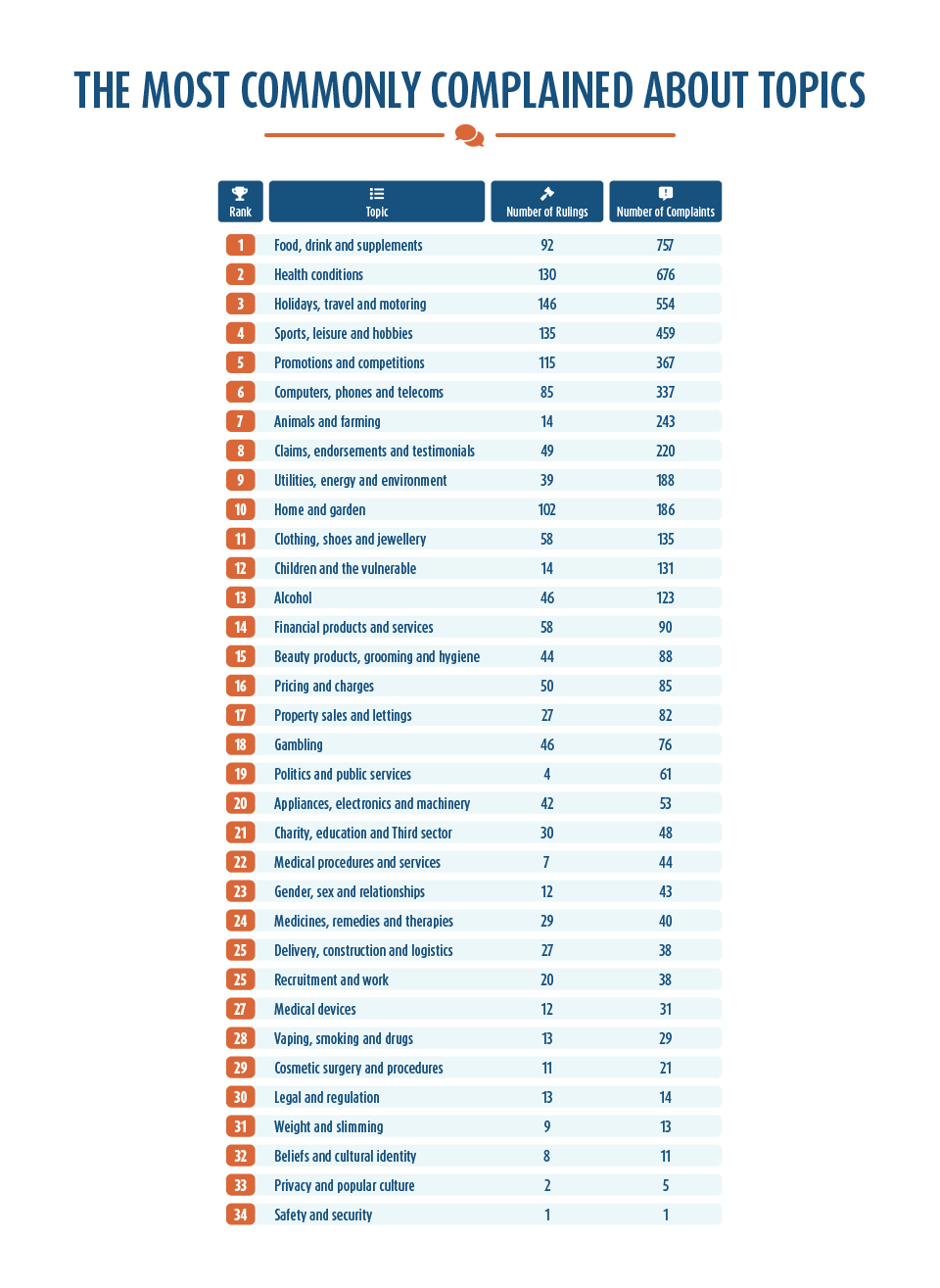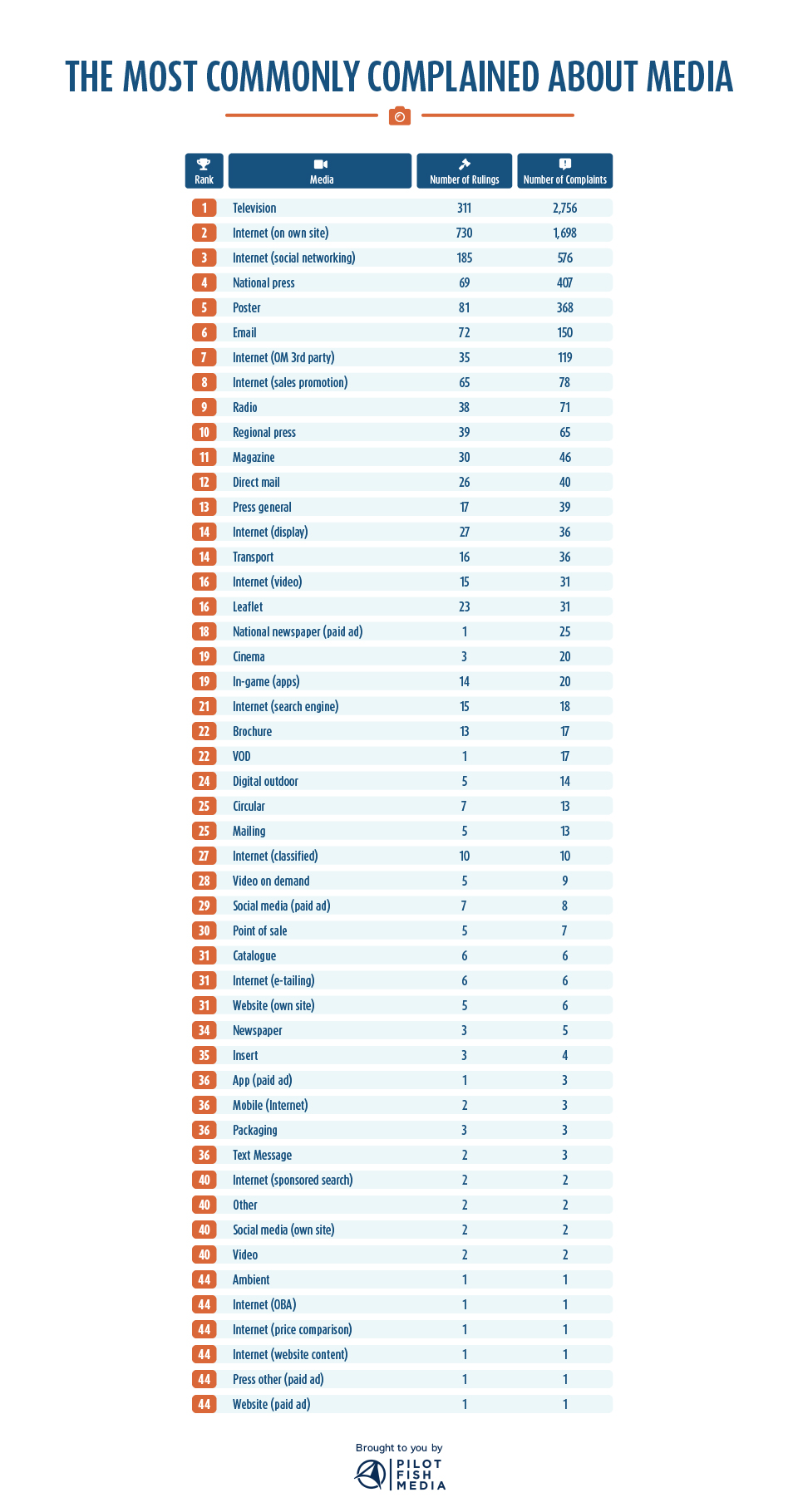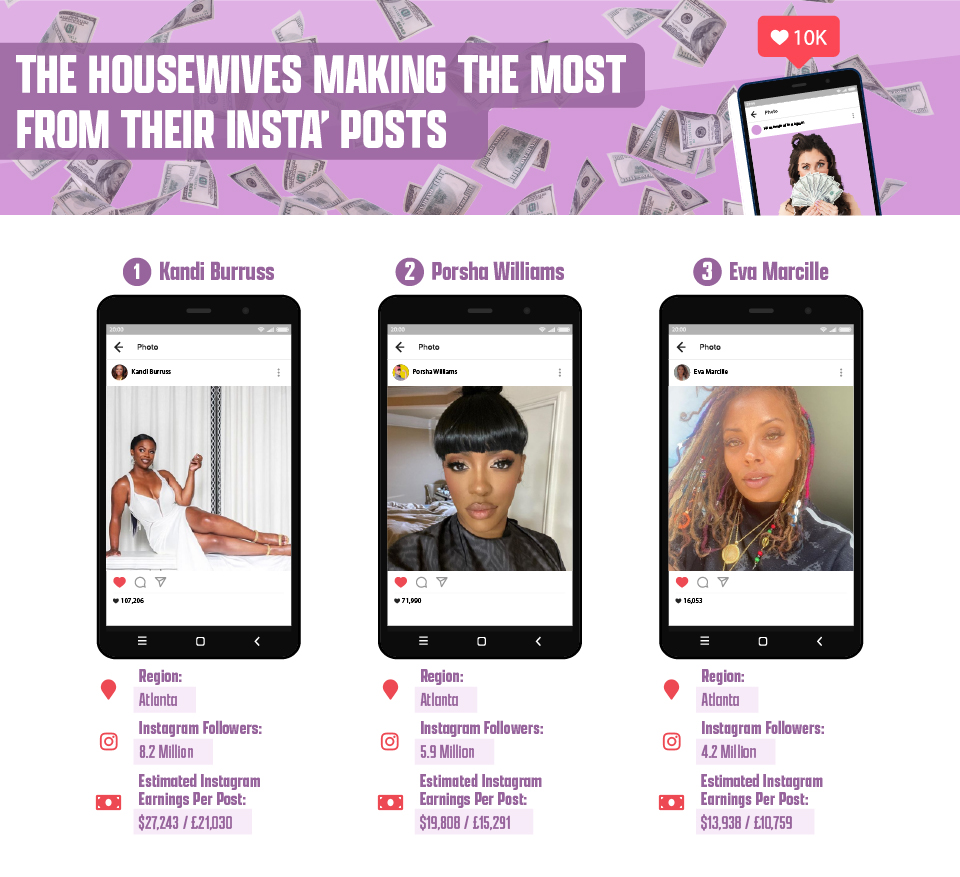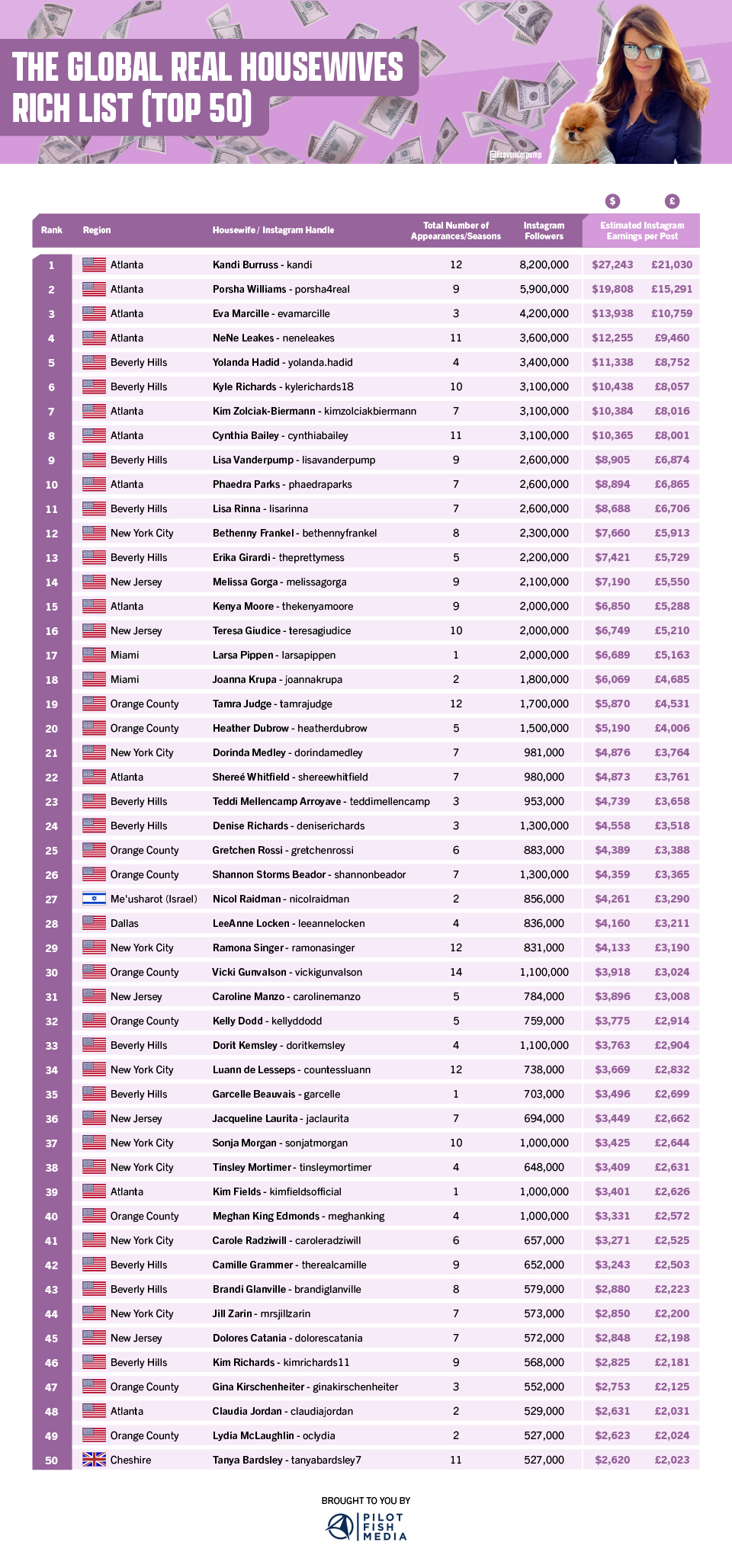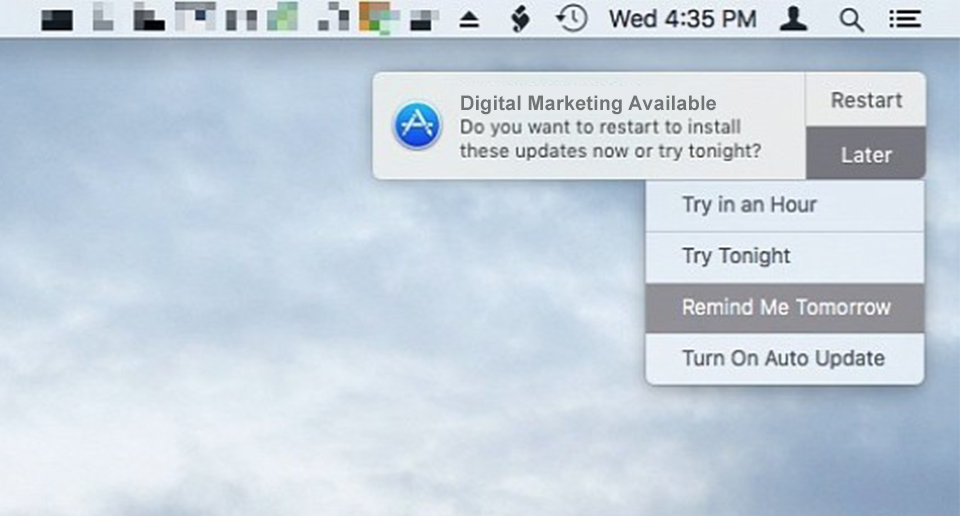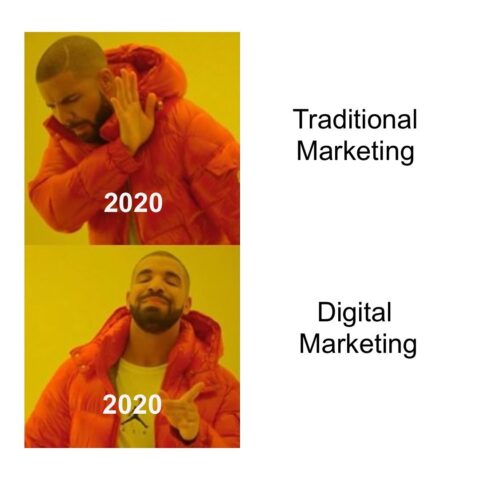The marketing world is abuzz with Apple’s iOS 14.3 update and the impacts it will have on digital marketing, and especially Facebook Advertising. If you’re out of the loop – allow us to give you the lowdown, and what you can do to get ready.
Essentially, Apple is rolling out an update to its iOS14 (the latest operating system for iPhones and iPads) that will allow users to control how they share their data, as well as who they share their data with.
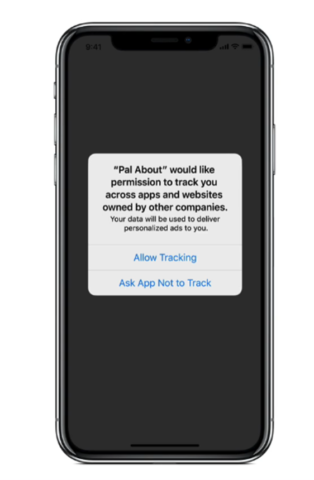
Apps like Facebook, Instagram, TikTok, YouTube etc. will have to ask users for permission to track data on them, and Apple users will have the option of opting-out of sharing data – that will look a little like this “Pal About” example shown.
Facebook has come out, guns blazing, opposing what they dub as disruptive changes, which makes sense, as it will directly limit their ability to receive and process conversion events for users who have opted out.
While we don’t know how many users will opt-out, Facebook has advised that they will be adapting their Ads Manager platform to align with these regulations regardless – meaning that as marketers we will lose some functionality even if a user opts-in, or is an Android user, for example.
So what exactly does this mean? Less data and visibility for marketers, and less personalised ads and experiences for users.
To make it clear about what’s to come, we wanted to break down some of these key changes below:
Pixel Conversion Events Capped At 8 Per Domain – Verify Your Domain Now!
The Facebook Pixel, a crucial element of tracking your Facebook Ads performance, will now be capped at 8 events per domain. While previously you could essentially create unlimited pixel events and custom conversions, you’ll now have to cull these down to just 8 per domain.
Another added element to this is how Apple classifies a domain. For multi-national brands with subdomains, only sites with .uk, .us, etc will be classified as separate domains. For brands that opt for /uk /us websites structures, this will be classified as ONE domain – limiting your pixel events even further.
The impact here will be felt on reporting on full-funnel activity, and we’ll likely see under-reported conversions on the events that don’t make the cut. This doesn’t mean they aren’t happening, but under-reporting can affect how we measure the success of campaign activity and allocate budget across the funnel.
We recommend jumping on and verifying your domain ASAP via Facebook Business Manager to prepare yourself for the change. Check out this Guide to Domain Verification for instructions on how to do this. After that, it’s important that brands rank their 8 events in order of importance to the business.
No Reporting Breakdowns, Attribution Windows Reduced To 7-Day-Click, 1-Day-View
With the reduction in data collected from users, we will no longer access reporting breakdowns of key demographic info, such as performance by age, gender and placement. This will limit marketers ability to utilise these insights to scale what’s working and optimise what’s not.
Another key change being implemented is to Facebook’s attribution windows. Currently, the default in Facebook is to report on 28-Day-Click, 1-Day-View – which means marketers have visibility on any action a user takes 28 days after clicking an ad, or 1 day after viewing an ad. This will be moving to just 7-day-click, 1-day-view, meaning that window for attribution will be decreased significantly.
With the attribution window change, expect overall conversions (and revenue, for eCommerce brands) to drop when this rolls out, as Facebook will no longer have visibility on any action after that timeframe. We recommend brands to shift their focus to reporting holistically, using a combination of Facebook Ads as well as tools like Google Analytics as their source of truth.
Audience Lists Decrease, Impacting Prospecting & Remarketing Efforts
The final, and potentially biggest blow, will be on Facebook’s targeting capabilities. Any user that opts out will not go into a Custom Audience or Lookalike audience list, which will reduce the reach and efficacy of these audiences and campaigns. This will also impact the accuracy of Lookalike audiences – bread and butter for any good advertiser – as Facebook cannot build a profile on these users, and thus can’t find more like them.
Dynamic Remarketing will also take a hit, as opted-out users will not be able to be dynamically retargeted with the products they’ve interacted with. As personalisation is the key in digital marketing, this could negatively impact bottom-of-funnel conversions.
Instead, marketers may shift back to broader targeting, and there may be more of a focus creating highly engaged creative that can be split tested to resonate with a wider audience to provide similar cut through without a highly targeted audience.
A Look To The Future – Will In-App Interactions & 1P Data Be The Key?
If you’re still with me, you might be spiralling a bit with all of these disruptive changes to come into play! But deep breath – it might not be all doom and gloom. As you can see below, Facebook iOS users in the UK equate to 11 million (roughly 25% of all users). And – we can only speculate on how many of these consumers will actually opt-out. However, it definitely marks a bit of a turning point with Paid Advertising and will certainly flip some marketers best practice’s on their head.
As all of these changes impact what happens to users data post-click, we may see a shift to optimising for more in-app interactions. With the launch of Facebook Shop, eCommerce brands may be able to mitigate this loss of data altogether, by keeping the user in the app instead of driving them to their website to purchase. For non eCom brands, we may rely more heavily on retargeting to social engagers/video-viewers/followers – again, all data we can gather from in-app interactions.
Additionally, this pushes the news for all brands to have an effective 1P data collection strategy in place. If we can’t rely on pixel events to remarket to users, how can we collect user data at an earlier stage in the funnel? The key here is for brands to offer a value exchange – what benefits or value can you provide to a user to offer this willingly? And most important – how is your business set up to effectively nurture these customer journeys across different platforms such as Email Marketing?
One thing is for sure – a focus on protecting user’s data isn’t going anywhere any time soon. Brands and marketers alike need to be agile and future-proof their marketing activity to help weather the changes to come.
If you’d like to know more about how PFM can help you mitigate the issues cause by this rollout, get in touch with the team today.

